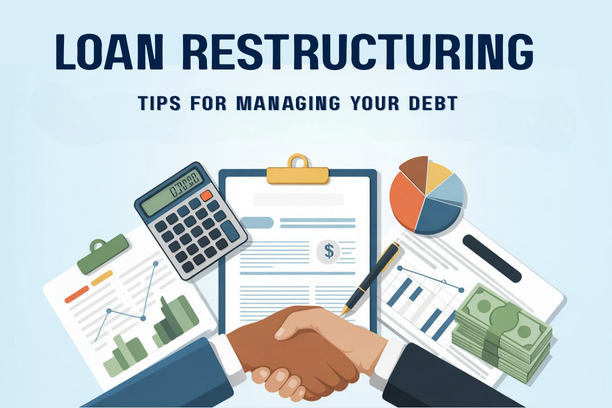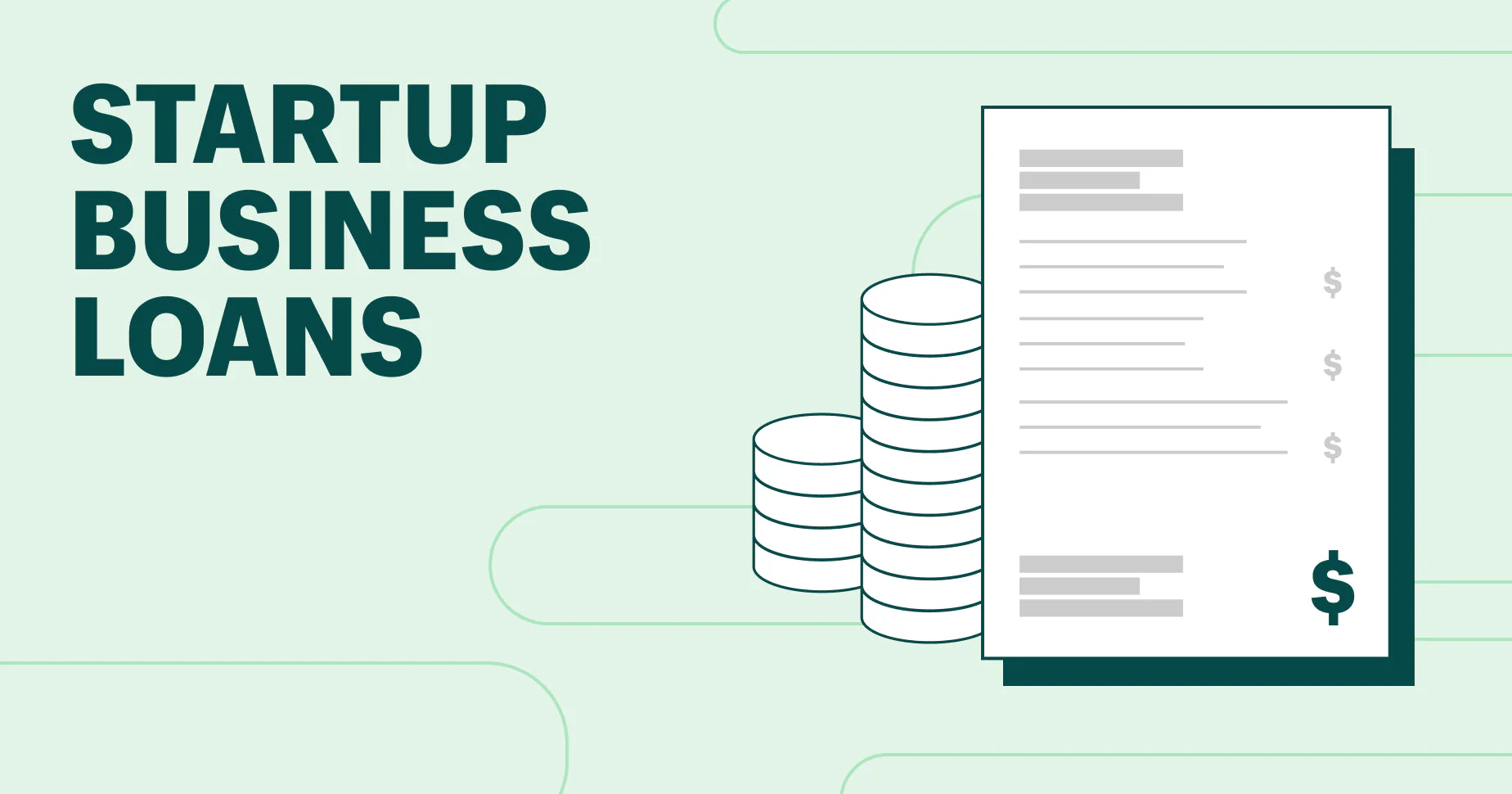The journey to homeownership in the Philippines is often seen as a significant milestone, a symbol of stability and success. For many Filipinos, the primary path to this dream has been through a traditional home loan from a bank or the Pag-IBIG Fund. However, a growing number of people are exploring an alternative path: the rent-to-own scheme. This option presents a different set of opportunities and challenges, making the choice between the two a crucial decision that hinges on your personal financial situation and long-term goals. This comprehensive guide provides a head-to-head comparison of Rent-to-Own vs. Traditional Home Loan, breaking down the pros and cons of each, and helping you determine which path is the right one for you.
1. The Filipino Path to Homeownership: An Overview
Before we dive into the detailed comparison, it’s essential to understand the fundamental mechanics of both a rent-to-own scheme and a traditional home loan. While both lead to homeownership, they operate on vastly different principles.
How Does a Rent-to-Own Scheme Work?
A rent-to-own, or lease-to-own, scheme is a hybrid agreement that combines a rental contract with a purchase option. It’s often seen as a bridge for buyers who are not yet financially ready for a traditional mortgage. The agreement is typically structured with three key components:

- The Rental Period: The buyer (tenant-buyer) occupies the property for a pre-determined period, usually ranging from one to five years. During this time, they make regular monthly payments to the owner (lessor-seller).
- The Option Fee: At the start of the agreement, the tenant-buyer pays a non-refundable, one-time fee to the owner. This fee grants them the exclusive right to purchase the property at a later date. This is sometimes referred to as the down payment or a reservation fee.
- The Purchase Price: The price of the property is typically agreed upon and locked in at the beginning of the contract. A portion of the monthly rental payments is often credited toward the final purchase price, acting as a built-in savings plan for the down payment.
At the end of the rental period, the tenant-buyer has the option to purchase the property. They must then secure financing (often a traditional bank or Pag-IBIG loan) to pay for the remaining balance. If the tenant-buyer chooses not to proceed with the purchase, all the money they have paid—including the option fee and the rent credits—is typically forfeited to the owner.
How Does a Traditional Home Loan Work?
A traditional home loan is a standard financing product offered by banks and government agencies like the Pag-IBIG Fund. It is the most common method of purchasing a property for most Filipinos.
- The Down Payment: The buyer must first provide a significant upfront payment, usually 10% to 20% of the property’s value. This is a non-negotiable cash payment that is made directly to the seller or developer.
- The Loan Amortization: The bank or Pag-IBIG Fund provides a loan for the remaining balance of the property’s price. The borrower repays this loan over a long period, often 10 to 30 years, through fixed monthly amortizations. These payments consist of both the principal (the amount you borrowed) and the interest (the cost of borrowing).
- Immediate Ownership: Once the loan is approved and disbursed, the buyer immediately takes legal ownership of the property. The property’s title is transferred to the buyer, but the lender retains the title until the loan is fully paid, at which point the lien is removed.
A traditional home loan is a straightforward and well-regulated process, providing a direct path to ownership for those who meet the strict eligibility requirements.
2. The Great Debate: Pros and Cons
The choice between a Rent-to-Own vs. Traditional Home Loan depends heavily on your current financial standing, risk tolerance, and long-term goals. Each option has a unique set of benefits and drawbacks.
The Advantages and Disadvantages of a Rent-to-Own Scheme
A rent-to-own scheme offers a flexible and accessible route to homeownership, but it comes with a higher degree of risk and cost.
- Pros:
- Less Stringent Financial Requirements: This is the biggest advantage. A rent-to-own scheme is often accessible to individuals with a poor or non-existent credit history, or those who do not have the large down payment required for a traditional loan. The rental period gives them time to improve their credit score and save money.
- The “Test Drive” Period: You get to live in the home before you commit to buying it. This allows you to evaluate the neighborhood, the property’s condition, and any potential issues before making a permanent decision. This is a significant benefit that a traditional home loan does not offer.
- Locked-in Purchase Price: The purchase price is often set at the beginning of the agreement. If the property’s value appreciates significantly during the rental period, you stand to gain from buying it at the original, lower price.
- Cons:
- Higher Total Cost: The combined costs of the option fee, the rental premium (the portion of your rent that goes to the down payment), and the final purchase price often make a rent-to-own property more expensive than if you had purchased it outright with a traditional loan.
- Risk of Forfeiture: This is the most significant risk. If you miss a payment or decide not to proceed with the purchase, you will likely lose all the money you have paid, including the non-refundable option fee and all the rent credits.
- Reliance on the Seller: You are heavily dependent on the seller’s financial stability and integrity. If the owner has an existing mortgage and defaults on their payments, the bank can foreclose on the property, and you could lose your right to purchase and all the money you have paid. It is crucial to deal with reputable developers or a trusted seller.
The Advantages and Disadvantages of a Traditional Home Loan
A traditional home loan is a more structured and secure path to homeownership, but it requires a high degree of financial readiness from the start.
- Pros:
- Lower Overall Cost: The interest rates on traditional loans from major banks and Pag-IBIG are significantly lower than the implicit costs of a rent-to-own scheme. Over a 20-30 year term, this translates to hundreds of thousands of pesos in savings.
- Immediate Equity and Ownership: You start building equity in your home from day one. You are the legal owner, and the monthly payments go toward reducing your loan principal and building your wealth.
- Clear and Regulated Process: The process is governed by a well-established legal and regulatory framework. Banks and Pag-IBIG operate under strict rules, which provides a high degree of security and protection for the buyer.
- Cons:
- Strict Eligibility Requirements: Getting a traditional home loan requires a stable income, a good credit score, a long employment history, and a large down payment. These requirements are often out of reach for minimum-wage earners, freelancers, and those with a poor credit history.
- Large Upfront Costs: You need to have a significant amount of cash on hand for the down payment and other closing costs, such as taxes, documentary stamps, and registration fees, which can amount to 5-10% of the property’s value.
- Risk of Foreclosure: If you miss payments, the bank has the right to foreclose on your property. However, this is a highly regulated process with legal protections for the borrower.
3. A Head-to-Head Comparison: Which Path is Right for You?
Choosing between a Rent-to-Own vs. Traditional Home Loan is not about which option is universally better, but rather which one is the best fit for your unique financial circumstances and personal preferences.

Key Factors to Consider Before Deciding
To make an informed decision, you need to conduct a realistic self-assessment of your financial situation.
- Your Credit Score: Do you have a good credit history and are you confident you will be approved for a loan? If your credit score is low, a rent-to-own scheme might be your only viable option to begin with.
- Your Down Payment Savings: Do you have a large amount of cash saved up for a down payment and closing costs? If not, a rent-to-own scheme can give you the time to save, with the added benefit of a “rent credit” that contributes to your down payment.
- Your Financial Stability: Are you confident in your long-term job security and your ability to consistently make monthly payments? If your income is volatile, the flexibility of a rent-to-own agreement may seem appealing, but the risk of forfeiture is a serious consideration.
- Your Timeline: Are you in a hurry to own a home and start building equity, or are you willing to wait for a few years while you prepare for a traditional loan? The rent-to-own path is longer but can be a stepping stone.
A Side-by-Side Comparison Table
Conclusion
Both a Rent-to-Own vs. Traditional Home Loan are valid paths to homeownership in the Philippines, but they cater to different types of buyers. A traditional home loan is the most financially sound and secure option for those with a strong credit history and a sizable down payment. It offers a clear path to building wealth and provides the lowest overall cost. The rent-to-own scheme, on the other hand, is a valuable alternative for aspiring homeowners who are not yet financially ready. It offers a flexible and accessible stepping stone, allowing them to save for a down payment and build their financial capacity. By carefully weighing the pros and cons of each option against your personal financial situation, you can make the right decision and take a confident step toward owning your dream home.













